The Apple Watch Review
by Joshua Ho & Brandon Chester on July 20, 2015 8:00 AM EST- Posted in
- Wearables
- Apple
- Mobile
- Apple Watch
Display
As with just about everything these days, display matters quite a bit. In a lot of ways, the wearable segment has display requirements similar to the smartphone space. However, unlike the smartphone space it isn’t necessarily critical to have the highest possible resolution, and it isn’t necessarily crucial to have perfect color calibration as in most cases wearables won’t be used for color-critical applications.
In the interest of addressing this, for the near-term we’ll continue to use the standard smartphone workflow, but I hope to expand the testing done here as wearables develop. For now, we’ll continue to do the standard brightness and accuracy testing, but I’ve removed the grayscale test as it strongly emphasizes gamma accuracy. Although it is important to not have obscenely incorrect gamma curves, wearables generally have to prioritize readability over dynamic range, which means that near-black colors would be brightened to try and overcome background reflectance. Similarly, we won’t be placing dE2000 average error in our Bench comparison tool or in graphs, as something like the Apple Watch cannot have controlled display brightness.
As a result, we can’t really be 100% sure that gamma tests and other tests of luminance are actually accurate when automatic brightness means that any inconsistency in light to the sensor will affect display brightness, which will strongly affect dE2000 results.
In the case of the Apple Watch, the display is interesting because this represents the first AMOLED display to ever be used in an Apple product. As far as I can tell, this is an LG OLED display with an RGB subpixel arrangement, but it isn’t quite the same as a traditional RGB stripe. I suspect that for the near future we will continue to see the use of this subpixel arrangement as the resolution of the Apple Watch doesn’t really allow for a PenTile layout. Given the current state of AMOLED (as evidenced by the Galaxy S6) I believe it is effectively the future of mobile displays, and it seems that whoever makes these decisions at Apple agrees as well.
As I mentioned in the start of this section, the Apple Watch also doesn’t have any way of manually setting brightness. You get approximately three choices of auto brightness algorithms, which bias the brightness curve of the display appropriately.
In practice, I didn’t actually care that manual brightness was gone on the watch because I never actually used manual brightness on the iPhone or any phone that has at least a halfway decent auto brightness system. In every phone I’ve ever used, the only time I use manual brightness is when the auto brightness system is clearly programmed wrong in some shape or form. Common cases where this would happen include auto brightness that didn’t actually set the display to maximum brightness in daytime or wouldn’t set the display to minimum brightness in absolute darkness.
Thankfully, the default auto brightness setting on the Apple Watch doesn’t have any of these problems, although for reasons unclear minimum brightness changes depending upon the brightness setting that is selected. As a reviewer though, it would definitely help if the watch had a manual brightness setting for more precise display testing and battery life testing. I’m sure that the precision of the digital crown would allow for precise brightness settings as well, but I suspect that this would have some very real potential to affect practical battery life as I’ve seen more than one person walk around with their smartphone display permanently set to maximum brightness because of reasons.
There’s also the issue of reflectance, which could be a problem given that the two higher-end models use a sapphire crystal glass on the display instead of traditional hardened glass. I did notice that reflectance is much higher than something like the iPad Air 2, but I never really felt like the reflections completely washed out the display. The reflections also indicate that the watch has a properly laminated display, without issues involving index of refraction mismatch. However, if people are worried about outdoor visibility Apple Watch Sport should be better given the use of more common aluminosilicate glass. I’m not sure if Apple has actually loaded different auto brightness algorithms for the Apple Watch/Watch Edition compared to the Watch Sport to try and compensate for this though, and I suspect such a change would be difficult to test for as well.
Although reflectance is one aspect of outdoor visibility, the other is display brightness. This is probably the only aspect of the Apple Watch where I can get consistent and repeatable results. Unfortunately, given that we haven’t actually done any other full-featured wearable reviews I’ll have to reference smartphones to get a good comparison point. As the Apple Watch display is already quite small, we won’t be able to get accurate APL vs brightness readings as it’s impossible to hold the meter in a repeatable position that isolates ambient light while also holding an LED to the display.
At any rate, the Apple Watch gets respectably bright at around 460-470 nits, although not quite the ridiculous 600 nits that the Galaxy S6 can achieve. At this full white display, I recorded a color temperature of 6891K, and 6883K at the ~100 nits that was used for the remainder of display testing. It’s important to keep in mind that these values are only at 100% white, so this isn’t the average color temperature that we normally list in reviews. Of course, this display’s contrast is also infinite, with no visible residual brightness on pure black images.
Saturation Sweep
Moving on to the saturation test, we can see that Apple has put a huge amount of effort into calibrating these displays, which is somewhat surprising given that one might expect wearables to not be all that critical when it comes to color accuracy. In my experience, I never actually bothered looking at photos on the watch outside of the messaging app and Twitter. I suspect that this was done in order to make it so that images look the same across all Apple devices, as something would seem “off” in most photos taken by an iPhone 6 if displayed with an Adobe RGB gamut. In this test, the dE2000 average error was 2.33, and as one might guess from the photo above most of the error was concentrated in blue, which appears to have some gamut issues as the native gamut appears to be wider than sRGB but not enough to completely cover sRGB.
GretagMacbeth ColorChecker
The GretagMacbeth ColorChecker test reveals a similar surprising level of attention to detail in color calibration. Color accuracy isn’t quite on par with the very best, but given that this is a first generation product I’m really surprised that the display is already receiving this much attention with an average dE2000 error of 2.42. Overall, this means that the display has relatively little perceivable error for sRGB content, which is the standard almost across the board, although wider gamuts like Rec. 2020 or Adobe RGB may one day supplant sRGB.
Overall, I’m impressed with the quality of the display of the Apple Watch. The AMOLED panel could probably reach a 600 nit max with sufficient progression in emitter technology from LGD, but I suspect this will take some time. The calibration is also incredible for a first-generation wearable, and the use of a full RGB subpixel helps to avoid a lot of the aliasing issues that tend to plague PenTile or other RG/BG subpixel arrangements at these relatively low pixel densities.
The reflectance of the sapphire lens on the display is a bit high and could probably benefit from anti-reflective coatings of some sort, but given that I haven’t had to worry about scratching the display thus far it’s probably a fair trade as a screen protector will usually increase reflectance noticeably. It’s also a bit annoying as a reviewer to not have manual brightness settings, but as an end user I never felt the need for manual brightness as the auto brightness algorithm works quite well.
Ultimately the entire user experience around the display in every aspect is well-executed, although there is still room for improvement on the technology side of things.


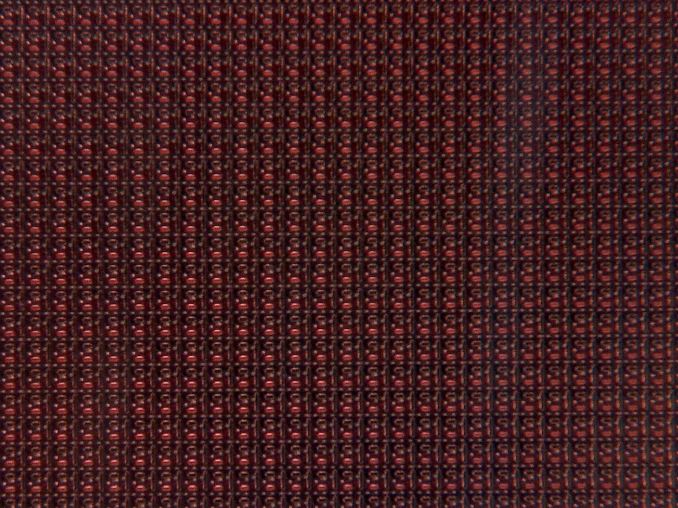
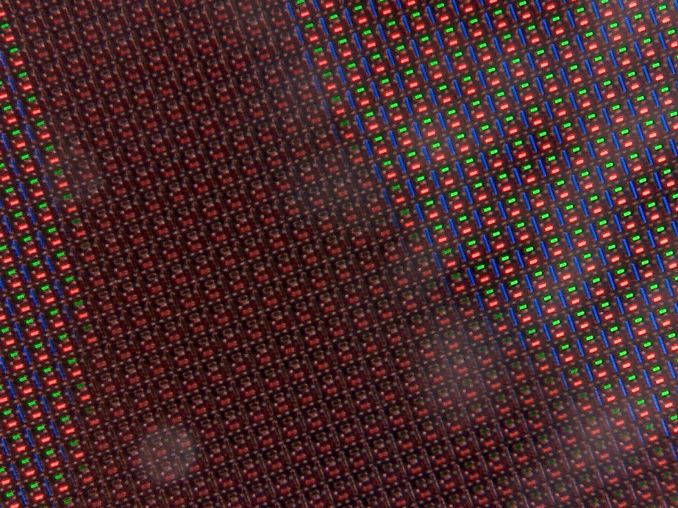
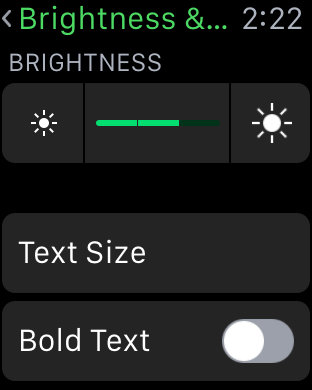
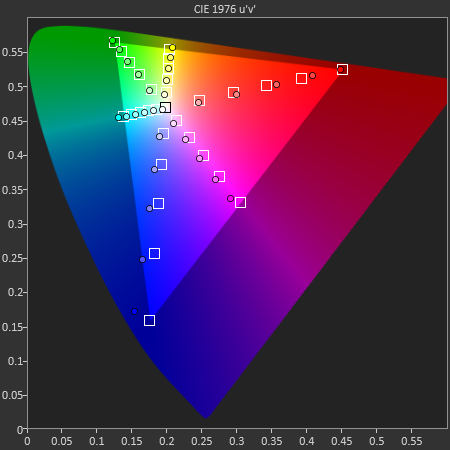
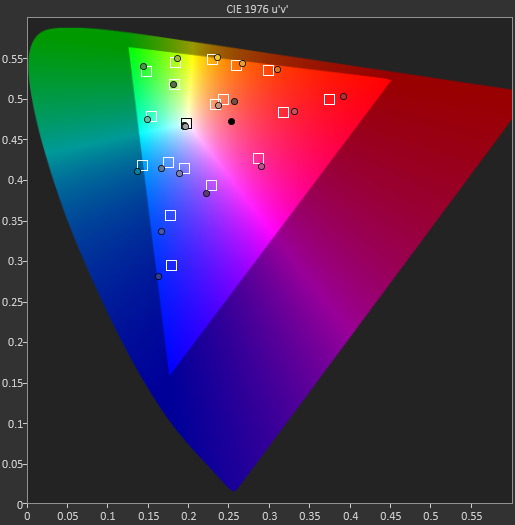








270 Comments
View All Comments
fred deer - Monday, July 20, 2015 - link
Anandtech has put their Apple buttkissing into overdrive now that Anand works for them.Where is the objectivity Anandtech was once famous for? Why does Anandtech feel the need to make excuses for Apples shortcomings? They only do this for Apple products. Here are two examples, the watch is slow, but we know Apple will improve this. The apps aren't very good but they'll get better over time. You suck Appletech.Smog35 - Monday, July 20, 2015 - link
The price is steep to finger this.KPOM - Monday, July 20, 2015 - link
So I see the anti-Apple crowd is out in force here. It's interesting to see a tech reviewer with a mostly positive view. A Wristly survey seems to show that non-techie people like the Watch better than techie people. Perhaps it's because they see the Watch for what it is, and aren't judging it solely as a tech product.At the same time, it's good to get an AnandTech view, since they are very good at addressing the limitations of the technology and giving us a sense of what we can reasonably expect for the future. Move this to a 14nm process, or even a 10nm process in a few years, and the Watch may be a lot more fluid and last even longer.
Impulses - Monday, July 20, 2015 - link
I appreciate having an AT review of the Watch, regardless of tone, if nothing else because they'll be more meticulous than almost any other site so it'll actually be worth reading even if I don't necessarily agree with the conclusion.My only quibble is that there seems to be multiple allusions to other wearables but they're never directly compared or even mentioned. I realize that the iOS buyer that's thinking of getting an Apple Watch is probably not cross shopping much but still...
Any other wearable review will surely feature plenty of direct comparison to the Watch. There's things that work very differently across the field, but even when it comes to highly subjective things like fit there ARE points of comparison.
For instance, something like the distance from strap lug to lug can vary greatly independently of actual watch size and it's something casual blog reviews don't really pay attention to.
dusk007 - Monday, July 20, 2015 - link
I think the anit-AppleWatch vibe is strong with how many posts are phrased here but still there is some truth in it. The reviewer only mentioned the rather old Moto 360 as a state of the art comparison. Nothing about the 42mm diameter Huawei watch that looks really good and much better than the moto 360 which was first to market but is old tech today. G watch R and what they are all called.I love AT reviews about chip architectures and stuff, but where Apple is concerned they always had quite bit lacking in objectivity I feel. Maybe a Huawei Watch review will balance the scales.
Personally I still don't see this device really taking root outside of the die hard Fanboys and tech geek crowd. I have read a few reviews but a wrist watch is still a bother (I never found one uncomfortable just annoying), the Apple one is especially expensive and they seem to solve little that needs solving. It is nonessential, a bit of a techy toy and expensive, I don't see it taking off. iPhones are subsidiced, ipads are family devices, that justifies the cost. For the watch I don't see the big market that whole smartwatch industry is hoping for.
SR22pilot - Monday, July 20, 2015 - link
Data says non-techies are happier than techies. My experience backs it up. My girlfriend loves hers. It has taken longer for it to grow on me. It isn't an iPad that entertains. Apple Watch reduces your time consumed with technology. As for the review, my disagreement is with the statement that heart rate doesn't belong on a glance. My girlfriend had a heart issue and loves having heart rate easily accessible.JoshDouble - Tuesday, July 21, 2015 - link
The Huawei Watch hasn't been released yet. "According to He Gang, an executive from Huawei’s smartphone division, it’s the Android Wear platform that’s causing problems. The company is adapting Android Wear to work without Google’s services in China, where they aren’t available, and to adopt Huawei’s suite of apps instead. It’s a time-consuming and highly technical operation, and has forced Huawei to push the release date until September at the earliest."Haters are gonna hate it, but Apple has nailed it once again and is already dominating this new market.
dusk007 - Tuesday, July 21, 2015 - link
To not have the fragmentation problems, Google from the start did not allow any skinning of Android Wear. I see how that might be an issue for Huawei. But from a pure hardware perspective it is the prettiest device I have seen.Daniel Egger - Monday, July 20, 2015 - link
> So I see the anti-Apple crowd is out in force here. It's interesting to see a tech reviewer with a mostly positive view. A Wristly survey seems to show that non-techie people like the Watch better than techie people. Perhaps it's because they see the Watch for what it is, and aren't judging it solely as a tech product.That's exactly what I don't understand: The Apple Watch is a horrible watch (actually not much different from pretty much any other smartwatch on the market...). Two items are essential for *any* item which wants to be coined a watch: Decent battery life and permanent readability. The Pebble gets very close to that; anything else is simply a complete failure.
Call the Apple Watch a status symbol, a geek tool, a toy, jewelry ... but please not a watch.
tipoo - Monday, July 20, 2015 - link
"I’ve never really used a fitness tracker that keeps track of something as simple as standing time, which seems like an obvious metric to track as soon as you start using the fitness functions of the watch because sitting for extended periods of time can have significant effects on health regardless of how much exercise you do. "I don't really get this aspect of the Apple Watch's fitness part. It makes you stand for a total of minutes more per day, you could fill that entire bar while still sitting most of the time, like I suspect most people would still be doing in office jobs and such. Would that really make a difference? Everyone knows sitting too much is bad, but how can standing for a minute per hour or whatever make any difference?